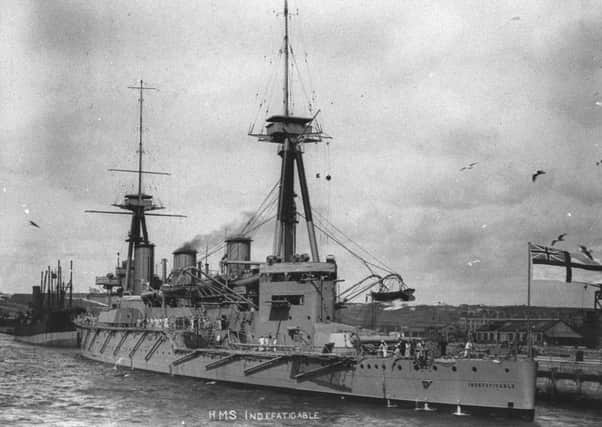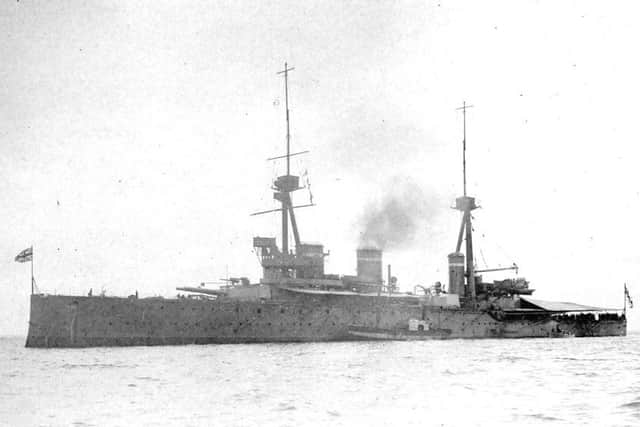28 Hartlepool men died in one of the biggest sea battles in history


The Battle of Jutland was the largest single naval engagement of the First World War, and was fought on May 31 and June 1, 1916, off the Danish coast.
Today, we begin a three-part look at the battle with the invaluable help of Gary Green from the Nautical Archaeology Society North-East.


It was a game of cat and mouse.
Advertisement
Hide AdAdvertisement
Hide AdAnd it was the German navy which hoped to first get the upper hand.
Not wishing to engage in a major fleet action, the German Navy decided to set a trap in order to destroy a key element of the British Grand Fleet.
The plan involved sending a force of five battlecruisers under Vice-Admiral Franz Hipper, northwards along the Danish coast.


The aim was to lure out the battlecruisers of the British Grand Fleet, which was under the command of Vice-Admiral Sir David Beatty.
Advertisement
Hide AdAdvertisement
Hide AdHaving engaged the British ships, the German force was then to ‘retreat’.
That way, they hoped to lead the British vessels south where they would come up against the vastly superior main body of the German High Seas Fleet, under the command of Admiral Scheer, and the trap would be sprung.
Although the British battlecruisers were large, fast, and well-armed ships, their armour protection was relatively light – they were certainly not designed to fight against fully-armoured German battleships.
At first, the operation went more-or-less to plan.
On the afternoon of May 31, 1916, Beatty sighted Hipper’s battlecruisers and as expected, set off in pursuit of the now ‘retreating’ German ships.
Advertisement
Hide AdAdvertisement
Hide AdHowever, from a series of intercepted German signals, the British had suspected a trap, and sent the main body of the Grand Fleet, under Admiral John Jellicoe, to cover Beatty’s battlecruisers.
When Beatty sighted Scheer’s battleships, he immediately reversed course, and was now himself chased north by the now combined German fleet.
As evening fell on May 31, Admiral Scheer received the very nasty surprise of running straight into the British Grand Fleet.
That’s when the battle began in earnest and the death toll was enormous.
Advertisement
Hide AdAdvertisement
Hide AdThousands died and they included 28 men from the Hartlepool area.
Next week, we take a closer look at the effect of the Battle of Jutland, and the Hartlepool men who lost their lives on ships include HMS Indefatigable and HMS Invincible.
In the meantime, get in touch if you had any relatives involved in the conflict.
Email Chris Cordner at [email protected]